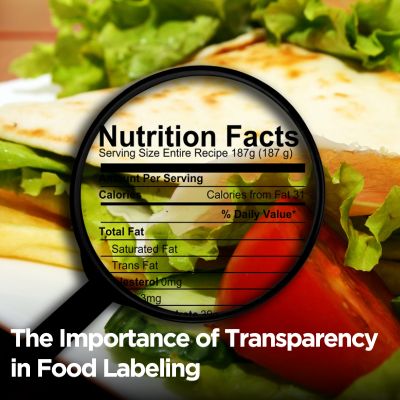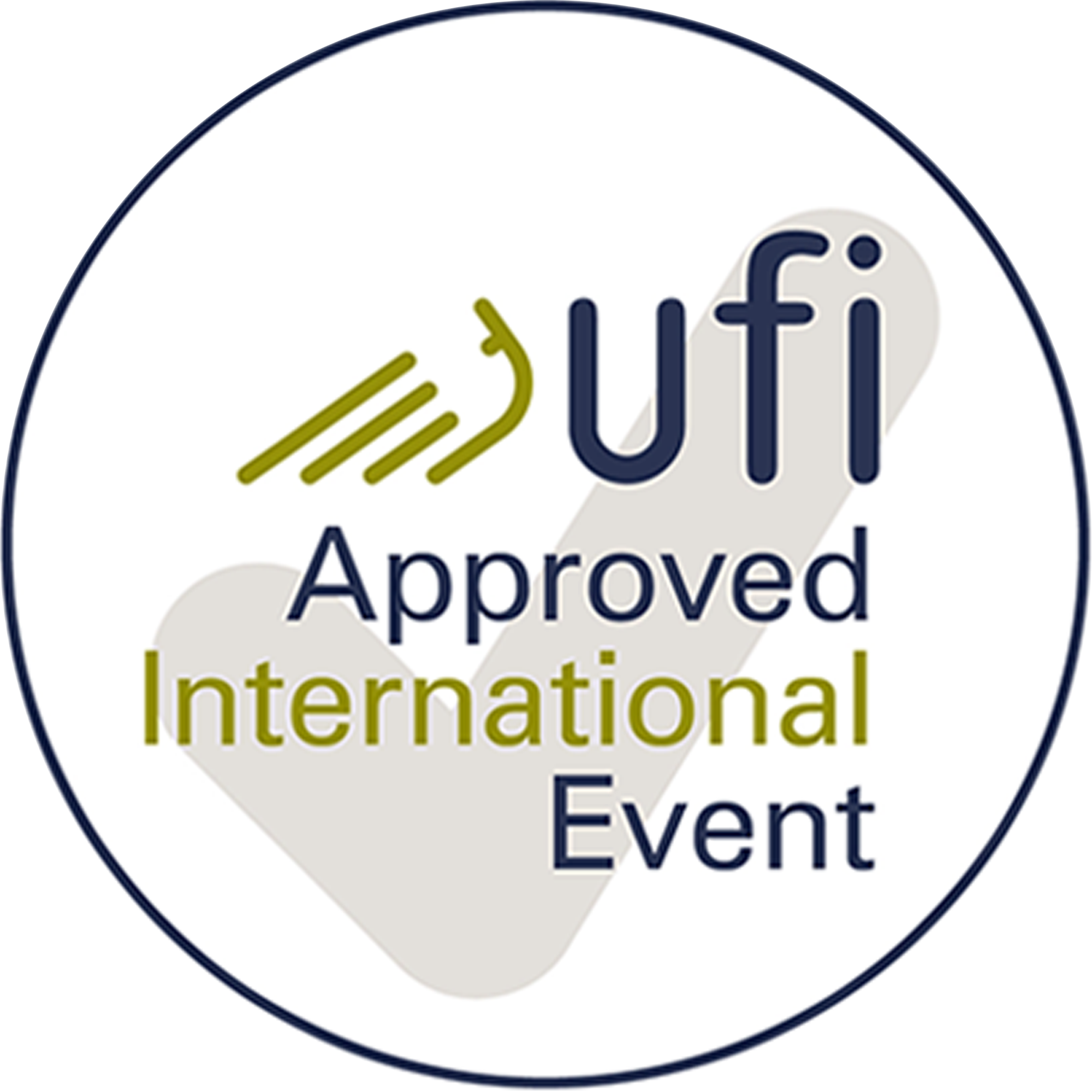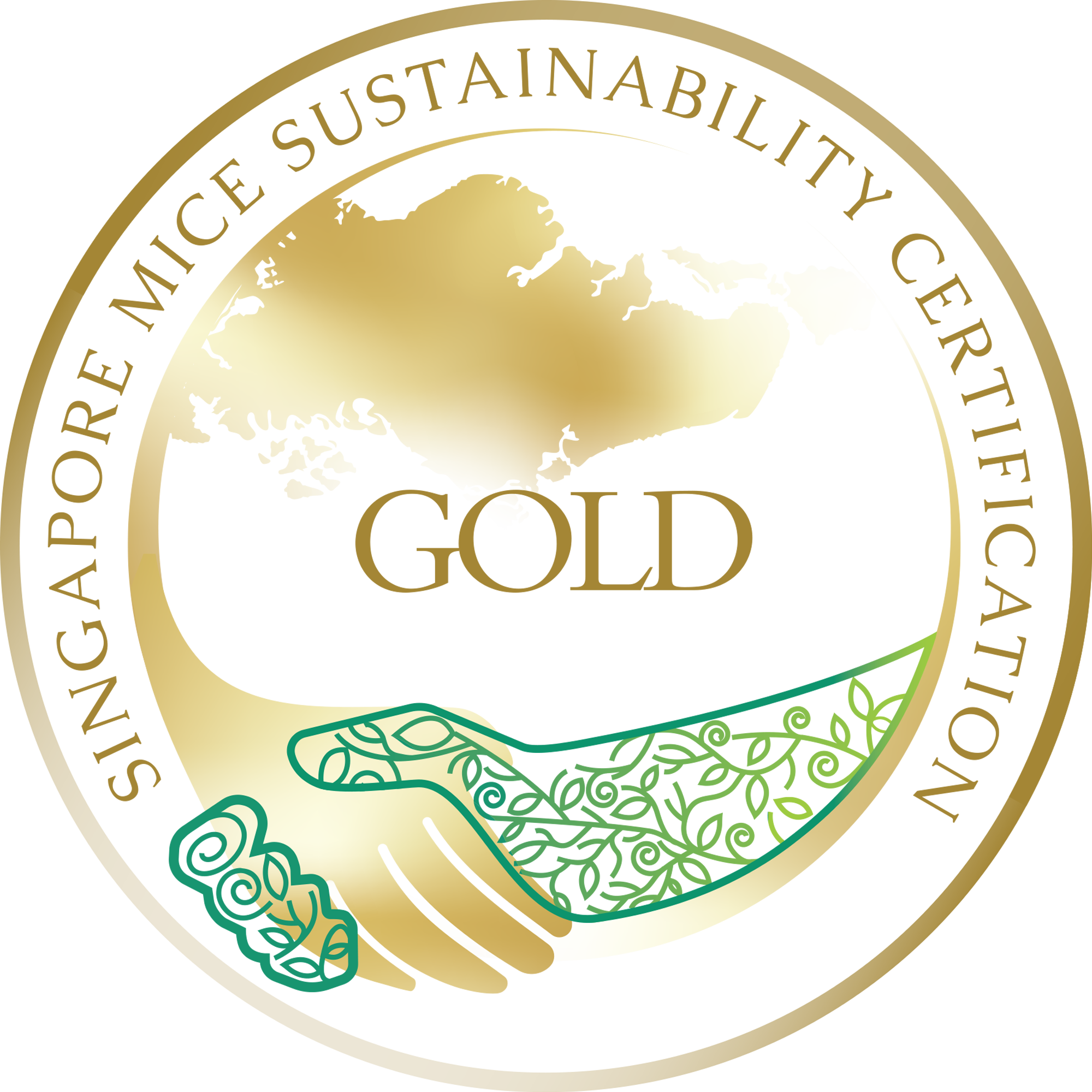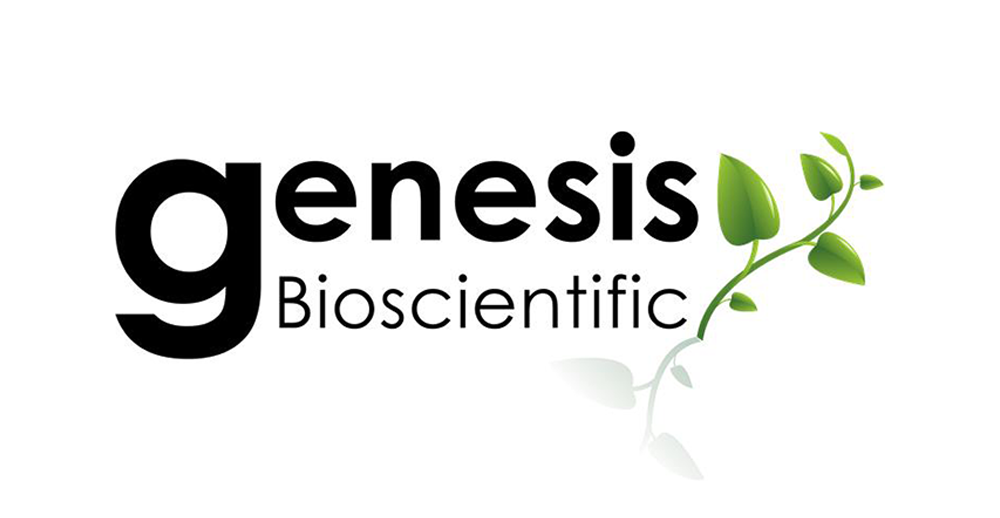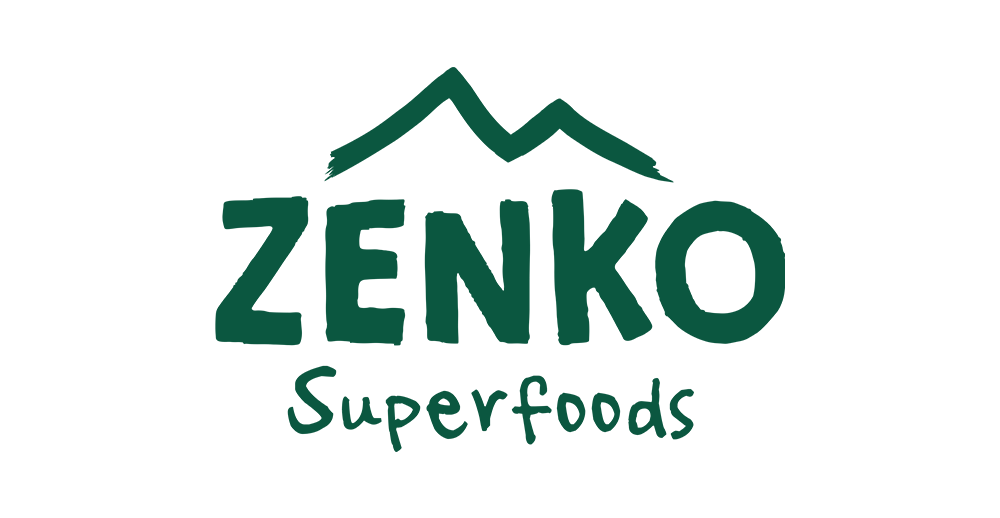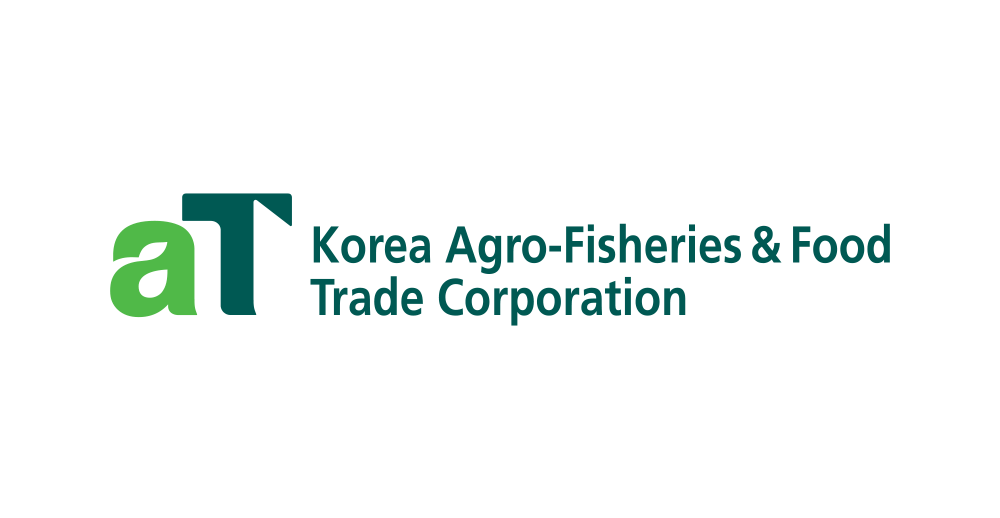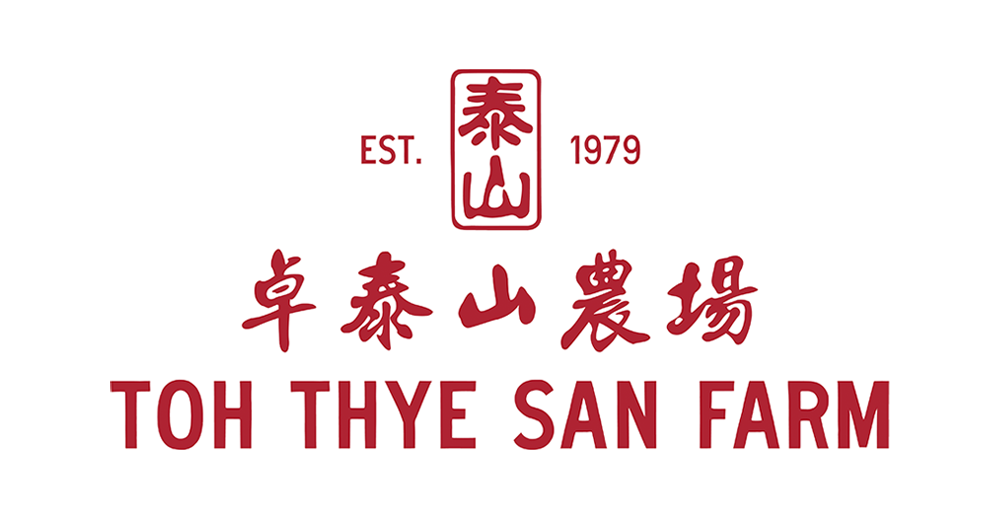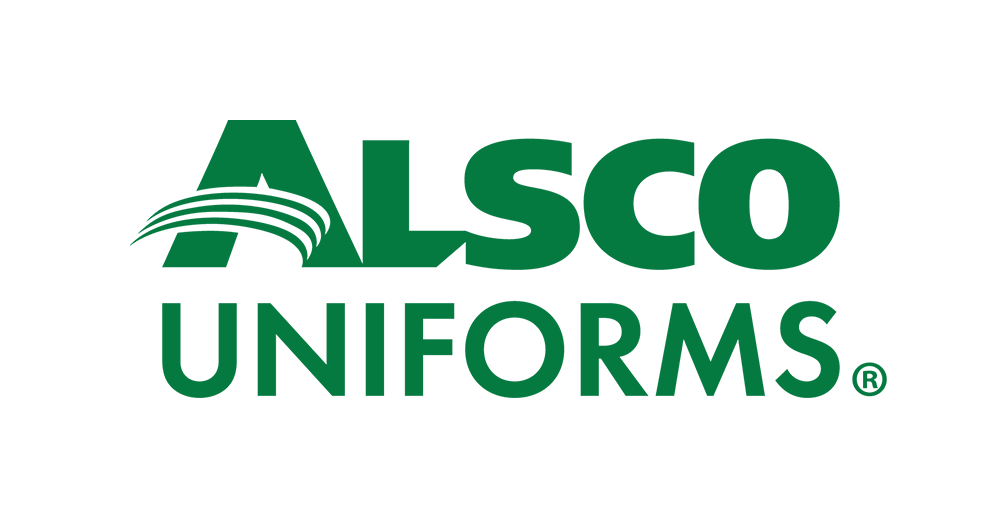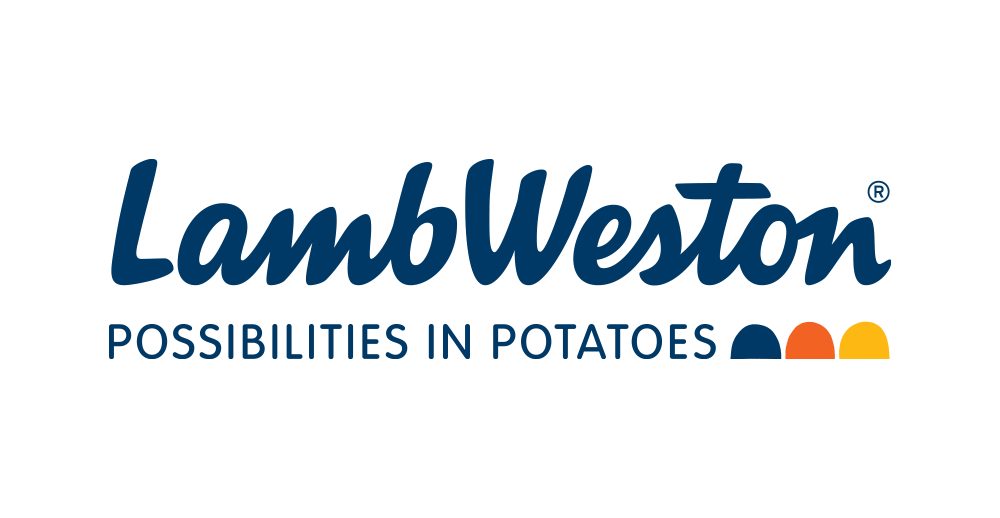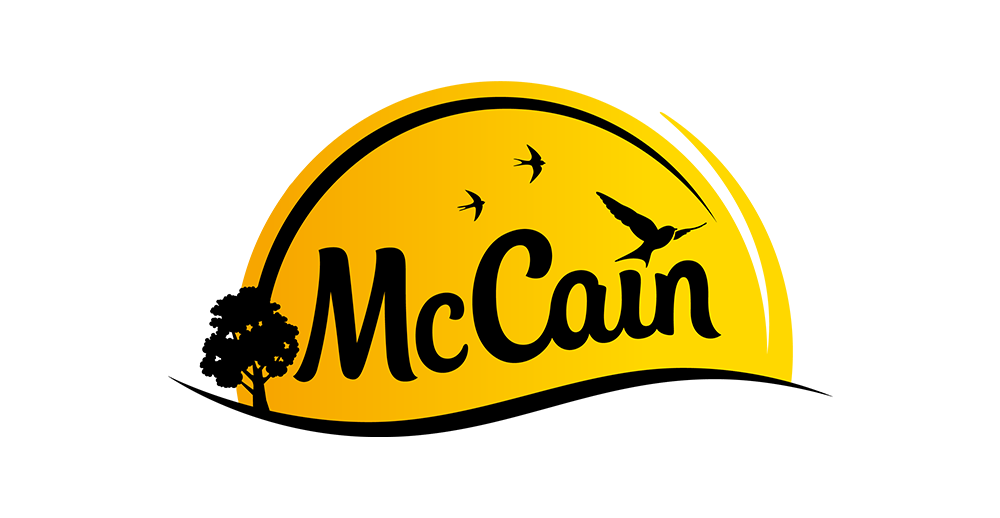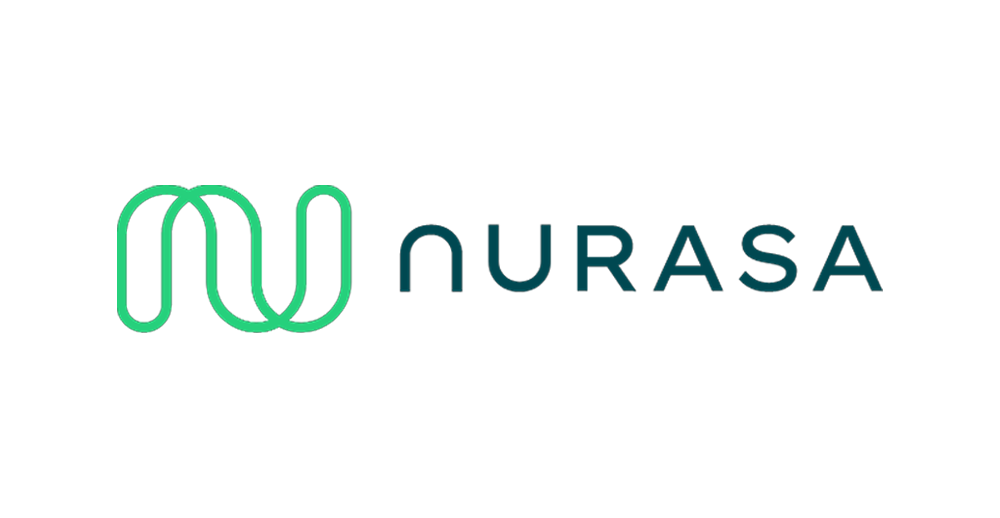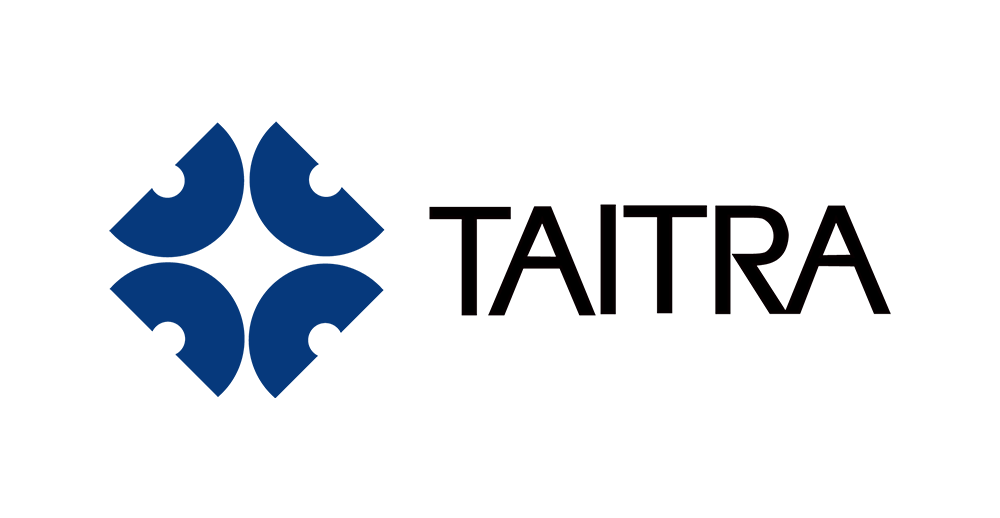With the global population projected to exceed 8 billion in 2025, finding ways to feed everyone sustainably is becoming an urgent challenge. Traditional farming, particularly livestock production, has a significant impact on the environment.
It contributes to greenhouse gas emissions, uses up massive amounts of water, and requires vast stretches of land. As we look for solutions, many experts are turning to an often-overlooked source of protein: insects.
Insect protein, sourced from insects like crickets, mealworms, and black soldier fly larvae, is becoming a popular, more sustainable alternative to animal-based proteins. It can be processed into powder, meal, or oil, making it versatile for food products.
In 2025, the rise of insect protein is driven by the need to feed a growing population, reduce environmental impact, and find more sustainable protein sources.
This article explores the growing importance of insect protein, examining its nutritional benefits, environmental advantages, and the food industry’s increasing adoption of this sustainable source. We’ll also look at the hurdles it faces and the future of insect protein.
What is Insect Protein and Why It Matters

Insect protein is derived from edible insects, such as crickets, mealworms, and black soldier fly larvae. This alternative protein has been gaining attention as a sustainable and nutritious food source, especially as the global demand for more eco-friendly alternatives continues to rise.
Known as entomophagy, eating insects is an ancient tradition in many cultures and is becoming more common in modern diets as people seek sustainable protein sources.
Edible insects, like crickets and mealworms, can be processed into various forms such as insect meal, powders, bars, or even pasta, making them versatile ingredients for human consumption and animal feed.
Insect meal, produced from grinding insects into a fine powder, is often used in animal feed, while insect-based food products are becoming more popular in human diets.
In addition to its use in food, black soldier fly larvae are increasingly used to produce upcycled protein, a sustainable ingredient from food waste that can be fed to livestock or used in pet food.
The ability to upcycle protein from waste is one of the many reasons insects are being recognized as a valuable part of a circular food system.
The animal feed insect protein market reached USD 587.56 million in 2023 and is expected to grow at an impressive rate of 7.3% annually from 2024 to 2032.
This growth reflects the expanding demand for insect-derived proteins as a sustainable alternative in both animal feed and human food production.
Historically, insects have been part of traditional diets for centuries, with over 1,900 species of insects reportedly used as food. In many parts of the world, especially in Southeast Asia, Africa, and Latin America, insects have long been a reliable source of nutrition.
With the growing demand for sustainable food systems, the future of food may include a return to these ancient dietary practices, offering a viable and eco-friendly alternative to traditional animal farming.
As a sustainable food source, insects present an exciting opportunity for addressing global food security challenges. They require far less land, water, and feed compared to livestock, making them a more efficient and environmentally friendly option.
Eating insects can lower the environmental impact of food production and help meet the world’s growing need for protein.
Insect protein, including upcycled protein from insect meal and black soldier fly larvae, is helping build more sustainable and varied food systems. As more industries use it for food and animal feed, insects are becoming an important part of how we feed the world.
Nutritional and Environmental Benefits of Insect Protein

Insects deliver a highly efficient and nutritionally rich source of protein. Compared to conventional meat, many species offer a similar or even superior balance of essential amino acids, while also being dense in iron, zinc, and B vitamins.
This makes them a practical addition to global diets, especially where nutrient deficiencies are a concern. Research suggests that five grams of insect protein per day could significantly reduce the risk of nutritional deficiencies, especially in low-resource settings.
Moreover, insect farming uses resources very efficiently. Crickets, for example, only need about 2 kilograms of feed to gain 1 kilogram in bodyweight, a fraction of what’s required for cattle or pigs.
This high feed conversion rate makes cricket farming especially attractive in regions looking to reduce land, water, and grain supply strain.
Beyond nutrition and efficiency, insect farming also supports the wider goals of circular agriculture. Black soldier fly larvae show how food waste can be turned into insect meal — a form of upcycled protein that works well in zero-waste farming.
These systems reuse organic waste, cut emissions, and improve soil health, offering a more sustainable way to produce food.
In regions already feeling the effects of climate change, insects are also being incorporated into climate-resilient farming systems.
Their adaptability and low environmental impact make them suitable for rural and urban production, offering new ways to support more sustainable eating in a changing world.
Global Market Trends and Leading Companies
The insect protein market is experiencing rapid growth as more people seek sustainable protein alternatives.
In 2024, the market was valued at USD 302.38 million. By 2025, it’s expected to grow to USD 369.81 million, and by 2033, it’s projected to reach USD 1.85 billion, with an impressive growth rate of 27.1% annually from 2025 to 2033.
This growth is driven by the increasing need for sustainable protein sources as people seek alternatives to traditional animal farming that are better for the environment.
Several regions are leading the way in this growth. The European Union (EU) has introduced new regulations to support the use of insects for food and animal feed, creating a clear regulatory environment.
In Kenya, black soldier fly farming is growing, providing an innovative solution to waste management and a new source of protein.
Startups in Canada and France are also advancing insect farming and insect-based food products, which are becoming more widely accepted.
Leading companies like Ÿnsect, Innovafeed, and Entomo Farms are major players in the insect protein movement. These companies produce insect meal for both food-grade and feed-grade uses.
Ÿnsect, for example, focuses on producing insect protein for pet food, while Innovafeed specializes in using black soldier fly larvae for farm animal feed.
Entomo Farms, a player in the food and feed sectors, is expanding its operations to provide bug protein for various products. These companies are helping to show the versatility of insect protein, from high-quality animal feed to insect-based food products for humans.
With this growth in the industry, insect protein is expected to continue playing a significant role in creating more sustainable food systems, addressing both human nutrition and animal feed needs.
Barriers to Adoption and Consumer Perception
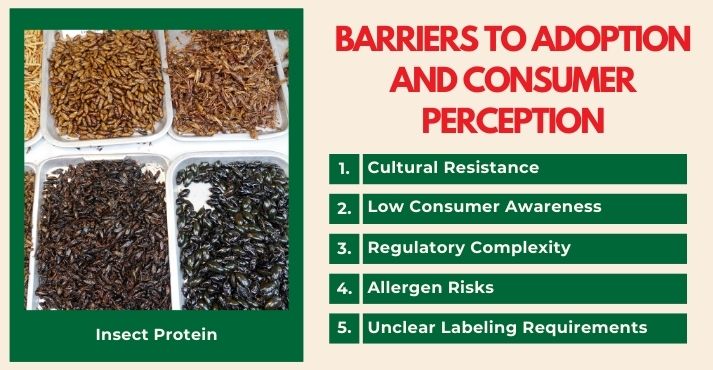
Despite the growing interest in insect protein, significant barriers exist to its widespread acceptance. One of the main challenges is cultural resistance. In many parts of the world, eating insects is met with strong aversion, mainly due to deeply ingrained food taboos.
The “ick” factor remains a major obstacle, where the mere thought of consuming insects is unsettling for many. This perception is powerful in Western countries, where insects are not traditionally part of the diet.
A lack of awareness about the benefits of insect protein also adds to this resistance. Many consumers aren’t familiar with insect-based foods’ nutritional value or environmental benefits.
Without this knowledge, it can be difficult to leap from traditional protein sources to alternatives like crickets, mealworms, or black soldier fly larvae.
To address these challenges, companies and organizations focus on packaging, branding, and education to normalize insect foods.
By presenting insect protein in familiar forms, such as protein bars, pasta, or powdered supplements, companies are making it easier for consumers to integrate these alternative proteins into their diets.
Clear labeling and appealing branding are also helping to change perceptions, making insect-based products seem more mainstream and approachable.
Regulatory complexity is another hurdle. In the European Union, the Novel Foods law requires new foods, including insects, to undergo safety assessments before being approved for sale.
Similarly, the US Food and Drug Administration (FDA) has guidelines and regulations that can slow the process of bringing insect-based products to market.
In regions like Asia Pacific, insect farming and food safety policies are still developing, adding another layer of uncertainty for companies looking to expand.
Additionally, allergens and labeling requirements must be addressed. Insects can trigger allergic reactions in some individuals, mainly those allergic to shellfish, as insects and shellfish belong to the same arthropod family.
Clear and consistent labeling practices ensure consumers are fully informed about the potential risks. As regulations for insect-based foods progress, labeling standards will be important for increasing consumer confidence and promoting broader acceptance.
The Future of Insect Protein in Sustainable Food Systems
The future of insect protein includes exciting new uses that could expand its role in human and animal nutrition. One promising development is the use of protein isolates derived from insects.
These isolates offer a concentrated form of protein that can be added to many types of food, from snacks to meal replacements.
Products such as cricket flour are already used in baking and protein bars, while mealworm protein is being added to various foods due to its mild taste and strong nutritional profile.
Additionally, insect-based dairy alternatives, such as insect milk or cheese, are being explored as sustainable options for consumers seeking to reduce their environmental impact.
Insect protein is also being investigated for use in pet food. As consumers seek more eco-friendly pet food alternatives, insect protein offers a sustainable substitute for traditional animal-based proteins.
Similarly, in the supplement market, insect protein is being considered for inclusion in nutrition products, providing a sustainable protein source for health-conscious consumers.
Another significant application of insect protein is in humanitarian food security. In areas with limited access to traditional protein sources, insect farming offers a cost-effective and nutrient-rich solution.
Incorporating insect protein into food relief efforts can help address malnutrition and reduce dependence on imported food.
Insect protein supports circular economies by recycling organic waste and converting it into protein. This reduces waste and promotes sustainable food systems.
By using insects, food systems can become more self-sufficient, aligning with circular agriculture practices where resources are fully utilized. As insect farming expands, it will continue to contribute to developing sustainable and resilient food systems worldwide.
Frequently Asked Questions (FAQs)
1. What is insect protein made from?
Insect protein comes from edible insects such as crickets, mealworms, and black soldier fly larvae. These insects are carefully farmed, harvested, and processed into various forms like powders, meals, or oils.
Insect protein is often used in a range of products, including food items like protein bars and snacks, as well as in animal feed and pet food.
2. Is insect protein safe for human consumption?
Yes, insect protein is safe for human consumption when sourced from regulated farms and processed according to food safety standards. It is a highly nutritious food source.
However, individuals with shellfish allergies should be cautious, as some people may experience allergic reactions to insect protein similar to those triggered by shellfish.
3. What does insect protein taste like?
Insect protein generally has a mild, nutty, or earthy flavor. The taste is subtle and often unnoticeable when incorporated into products like protein bars, pasta, or baked goods.
Many consumers find that insect protein blends well with other flavors, making it an easy addition to different types of food.
4. What are the health benefits of insect protein?
Insect protein is rich in high-quality protein, essential amino acids, fiber, healthy fats, iron, and vitamin B12. It offers similar or superior nutritional benefits to some traditional animal proteins.
It’s particularly beneficial for individuals seeking nutrient-dense alternatives that are also sustainable and environmentally friendly.
5. Where can consumers buy insect protein products?
Consumers can find insect protein products online and in select grocery stores across North America, Europe, and Asia.
The growing popularity of insect-based foods means that products like protein bars, pasta, protein powders, and snacks are becoming more accessible, allowing people to experiment with this alternative protein source.

